
Building Secure and Reliable Systems. Best Practices for Designing, Implementing, and Maintaining Systems Heather Adkins, Betsy Beyer, Paul Blankinship
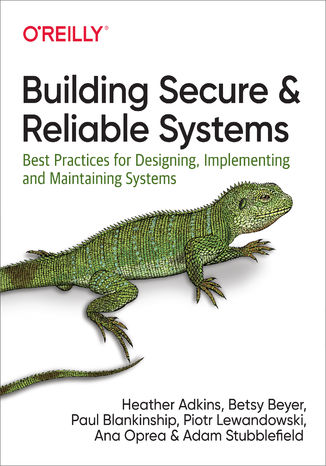



- Autorzy:
- Heather Adkins, Betsy Beyer, Paul Blankinship
- Wydawnictwo:
- O'Reilly Media
- Ocena:
- Stron:
- 558
- Dostępne formaty:
-
ePubMobi
Opis
książki
:
Building Secure and Reliable Systems. Best Practices for Designing, Implementing, and Maintaining Systems
Can a system be considered truly reliable if it isn't fundamentally secure? Or can it be considered secure if it's unreliable? Security is crucial to the design and operation of scalable systems in production, as it plays an important part in product quality, performance, and availability. In this book, experts from Google share best practices to help your organization design scalable and reliable systems that are fundamentally secure.
Two previous O’Reilly books from Google—Site Reliability Engineering and The Site Reliability Workbook—demonstrated how and why a commitment to the entire service lifecycle enables organizations to successfully build, deploy, monitor, and maintain software systems. In this latest guide, the authors offer insights into system design, implementation, and maintenance from practitioners who specialize in security and reliability. They also discuss how building and adopting their recommended best practices requires a culture that’s supportive of such change.
You’ll learn about secure and reliable systems through:
- Design strategies
- Recommendations for coding, testing, and debugging practices
- Strategies to prepare for, respond to, and recover from incidents
- Cultural best practices that help teams across your organization collaborate effectively
Wybrane bestsellery
O'Reilly Media - inne książki
Dzięki opcji "Druk na żądanie" do sprzedaży wracają tytuły Grupy Helion, które cieszyły sie dużym zainteresowaniem, a których nakład został wyprzedany.
Dla naszych Czytelników wydrukowaliśmy dodatkową pulę egzemplarzy w technice druku cyfrowego.
Co powinieneś wiedzieć o usłudze "Druk na żądanie":
- usługa obejmuje tylko widoczną poniżej listę tytułów, którą na bieżąco aktualizujemy;
- cena książki może być wyższa od początkowej ceny detalicznej, co jest spowodowane kosztami druku cyfrowego (wyższymi niż koszty tradycyjnego druku offsetowego). Obowiązująca cena jest zawsze podawana na stronie WWW książki;
- zawartość książki wraz z dodatkami (płyta CD, DVD) odpowiada jej pierwotnemu wydaniu i jest w pełni komplementarna;
- usługa nie obejmuje książek w kolorze.
Masz pytanie o konkretny tytuł? Napisz do nas: sklep@helion.pl
Książka drukowana


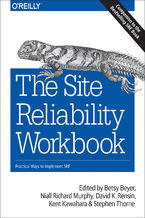

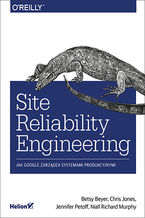
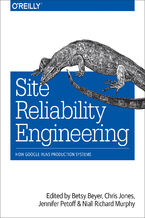


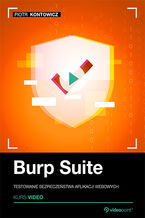













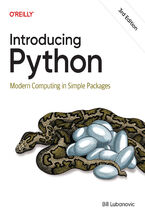


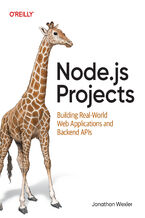

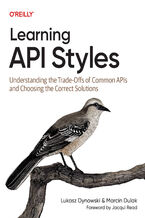
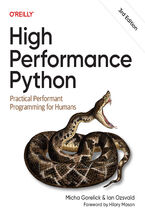
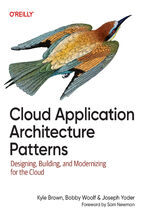
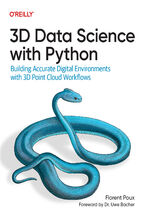
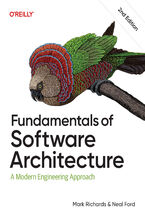



Oceny i opinie klientów: Building Secure and Reliable Systems. Best Practices for Designing, Implementing, and Maintaining Systems Heather Adkins, Betsy Beyer, Paul Blankinship
(0)